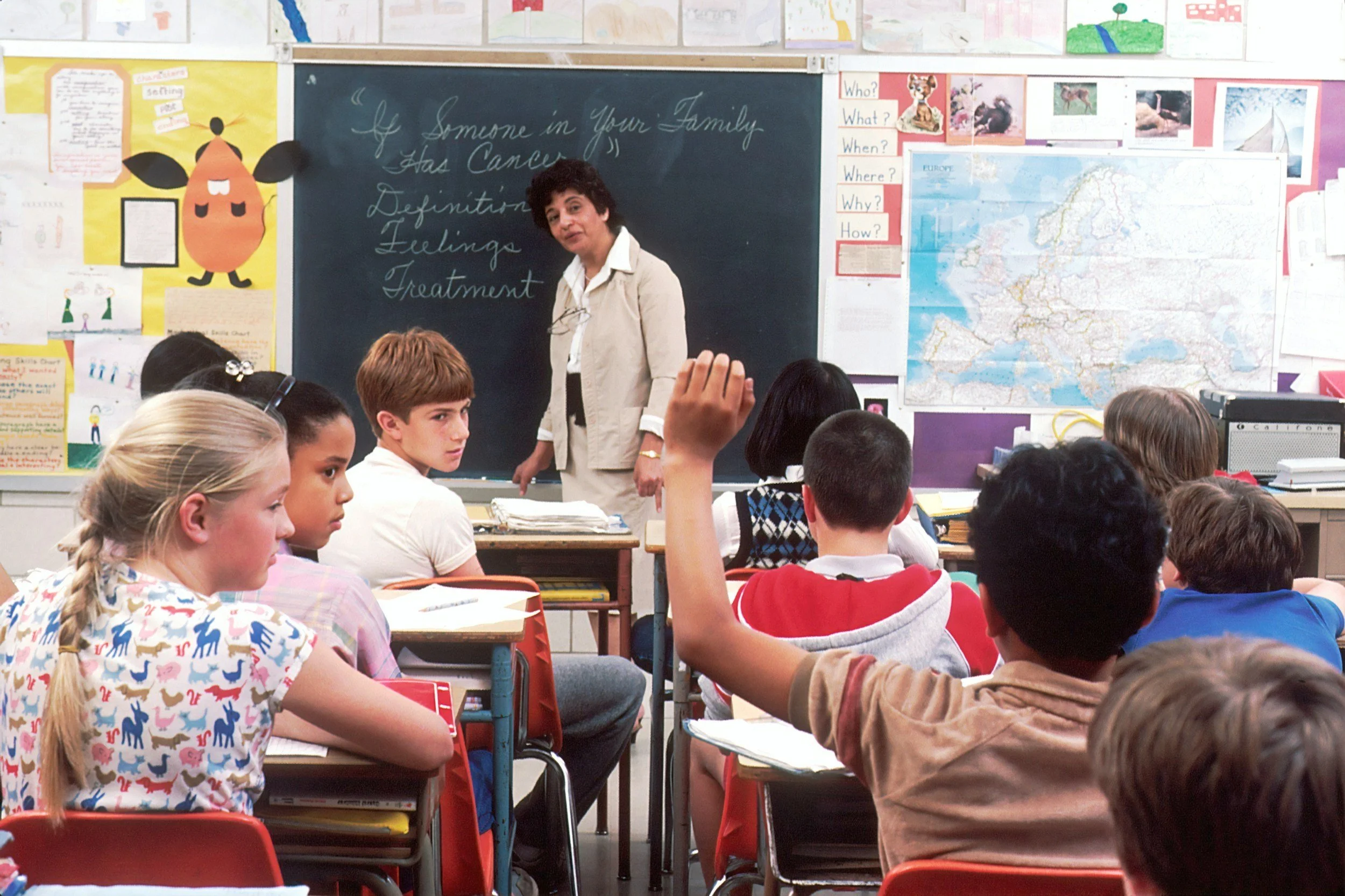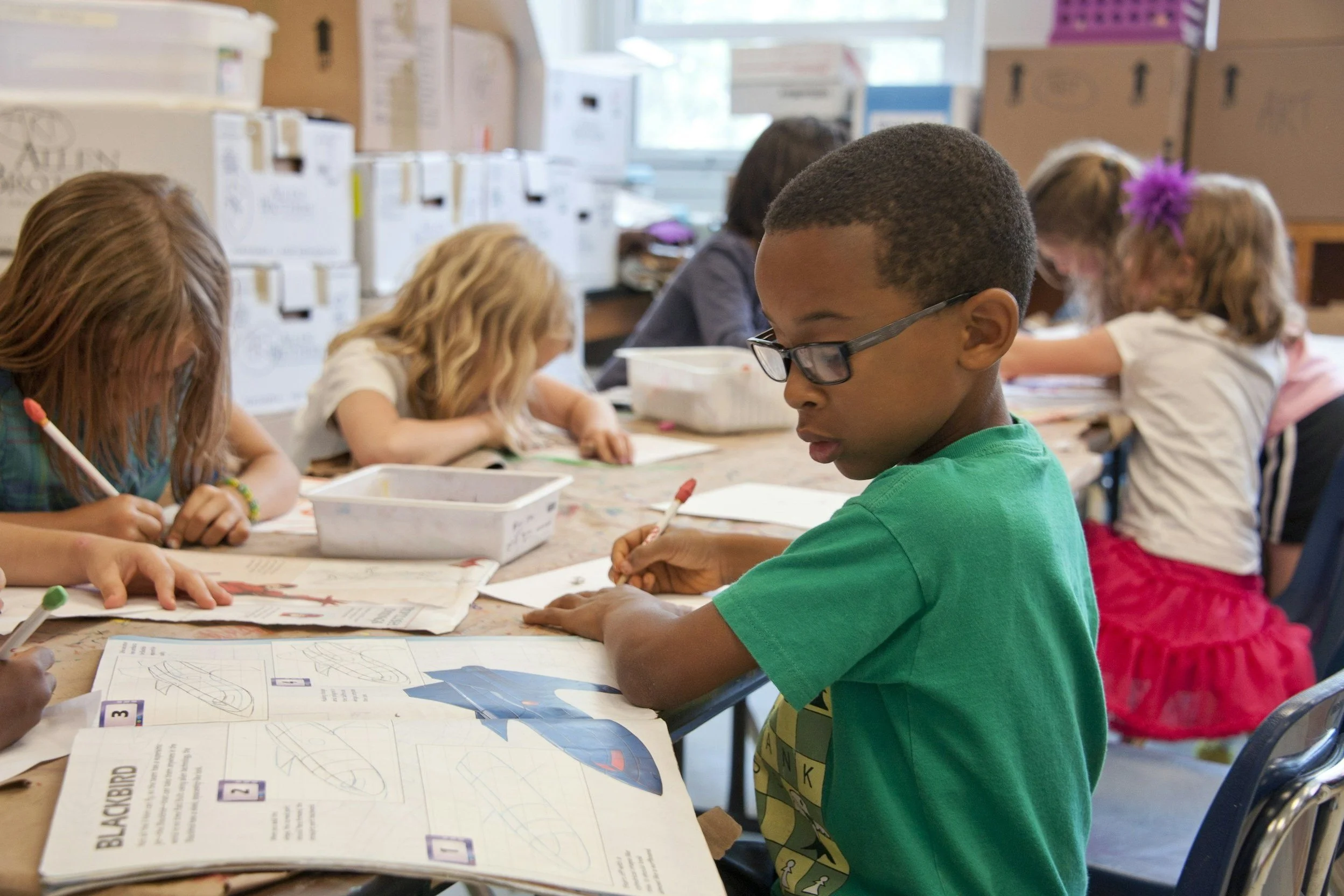Thinking Classrooms and Classroom Layout
This week, I continue my review of Building Thinking Classrooms in Mathematics by Peter Liljedahl by discussing the physical structures of the classroom (desk, classroom layout, organization) and their impact on learning.
In his research, Liljedahl noticed that in classrooms that were highly organized (desk arrangement, in/out boxes, everything had a place), students did not do as well on thinking tasks even when they were working on vertical, white board surfaces. He also noticed a similar result for students in classrooms that were very disorganized. Liljedahl saw the best results in classrooms that were organized, but also a bit disorderly.
Liljedahl surmised that students in highly organized classrooms were predisposed to not take risks when thinking because it can be messy and not orderly. He states that the message students understood from the level organization in the classroom was that learning needs to be orderly. In addition, students in a very disorganized classroom did not have the structures needed for them to organize their thinking so they were able to recognize the emerging patterns (p.72).
To investigate this further, Liljedahl decided to interview students. He started by showing students pictures of classroom layouts and asking them questions about what learning would be like in these classrooms. When he showed students pictures of a very organized, symmetrical classroom with desks facing front, students responded that lessons would be very structured and that structure would be extended to students’ behavior and learning. The take away from these interviews was that classrooms that emphasized the front of the classroom (fronting) through symmetrical, straight desk placement set an expectation for students that learning would be teacher centered, and that this expectation influenced students’ behaviors and level of engagement, including disengagement (pps.73-75).
To test this idea, Liljedahl experimented on the impact of classroom layout on thinking and learning. He started by showing students pictures of a classroom where the desk and chairs were not fronting or not arranged in any linear, symmetrical fashion. When asked about learning in this classroom layout, students shared that they thought learning would be relaxed with a lot of student activity (p.75). In another experiment, Liljedahl worked with teachers to defront their classrooms and found that students recognized that learning was going to be different in these classrooms. The defronted classrooms resulted in increased student collaboration. less teacher talk and more teacher circulation, demonstrating that classroom layout influences both the teachers and the students’ expectations, behaviors and engagement (pp.75-76).
So what does that mean for teachers? As a teacher, we need to find ways to defront our classrooms to increase students’ engagement and learning. One simple step is rearranging our furniture so that the chairs do not face front and are not in any symmetrical shape (horseshoe, semi-circle, straight lines, table groups facing front). We can also move our desk away from the front of the classroom and provide information and instruction from different parts of the classroom. If we have an interactive board, we can turn it off unless it is needed. If our furniture is bolted to the ground, we rearrange the chairs around it. We need to get creative and make room for different ways to think and learn.
If you have a comment to share or want to learn more, email me at lindapatrellkim@gmail.com or submit your comment using the button below.

